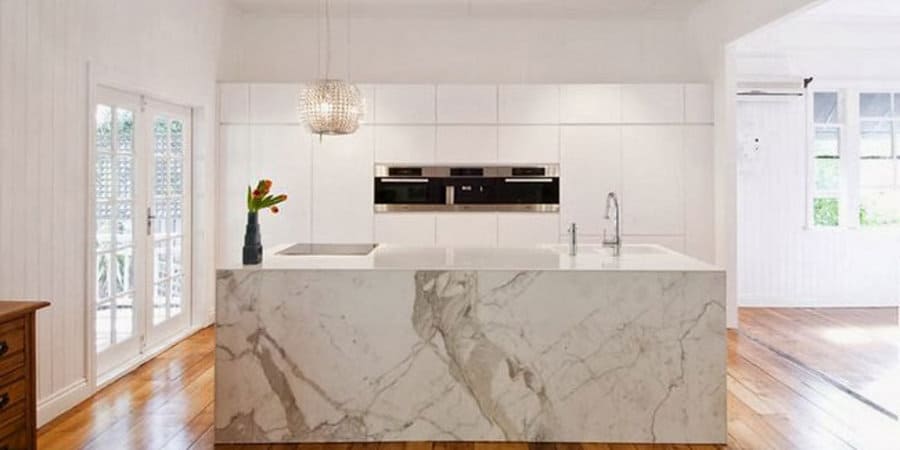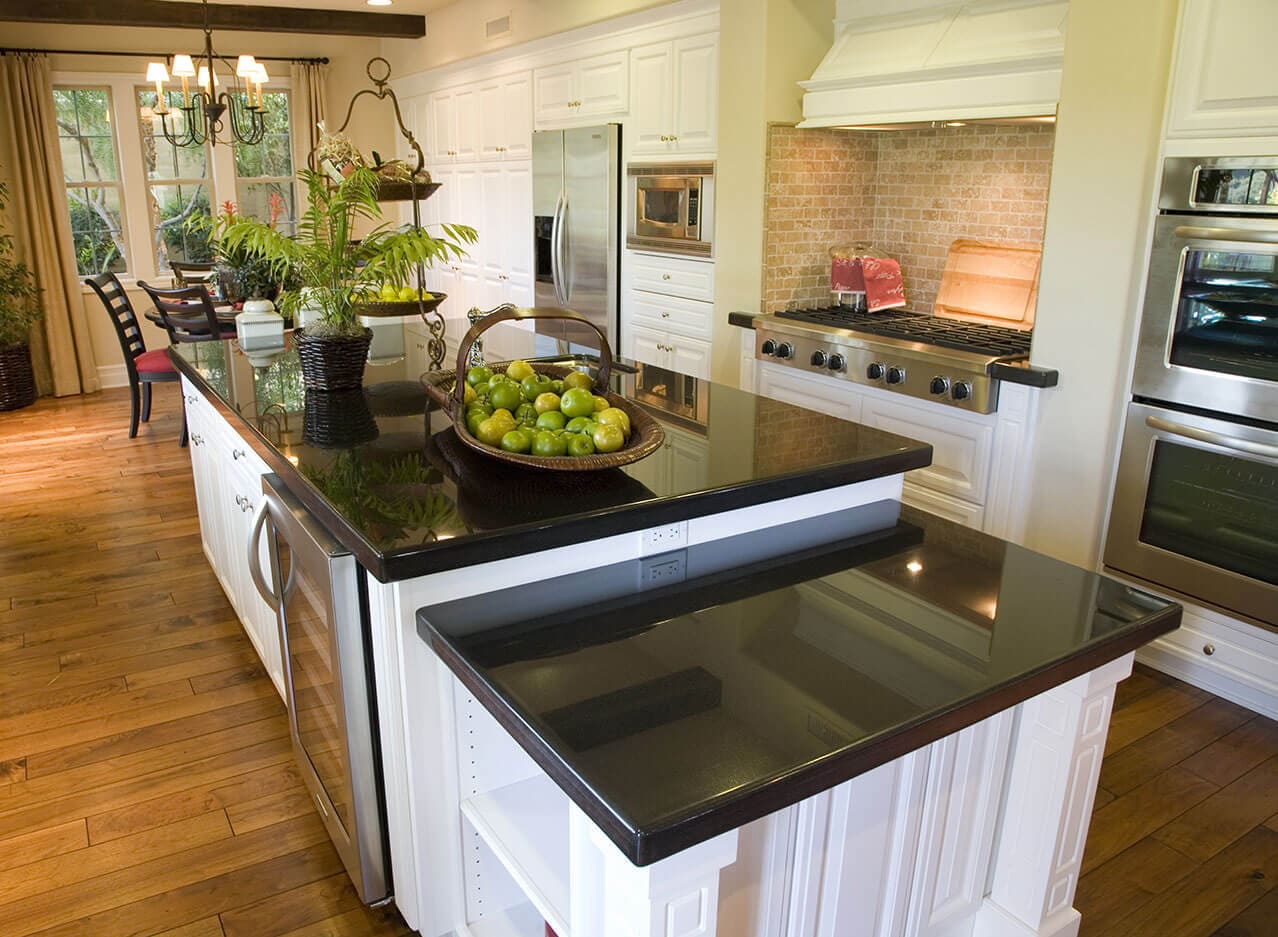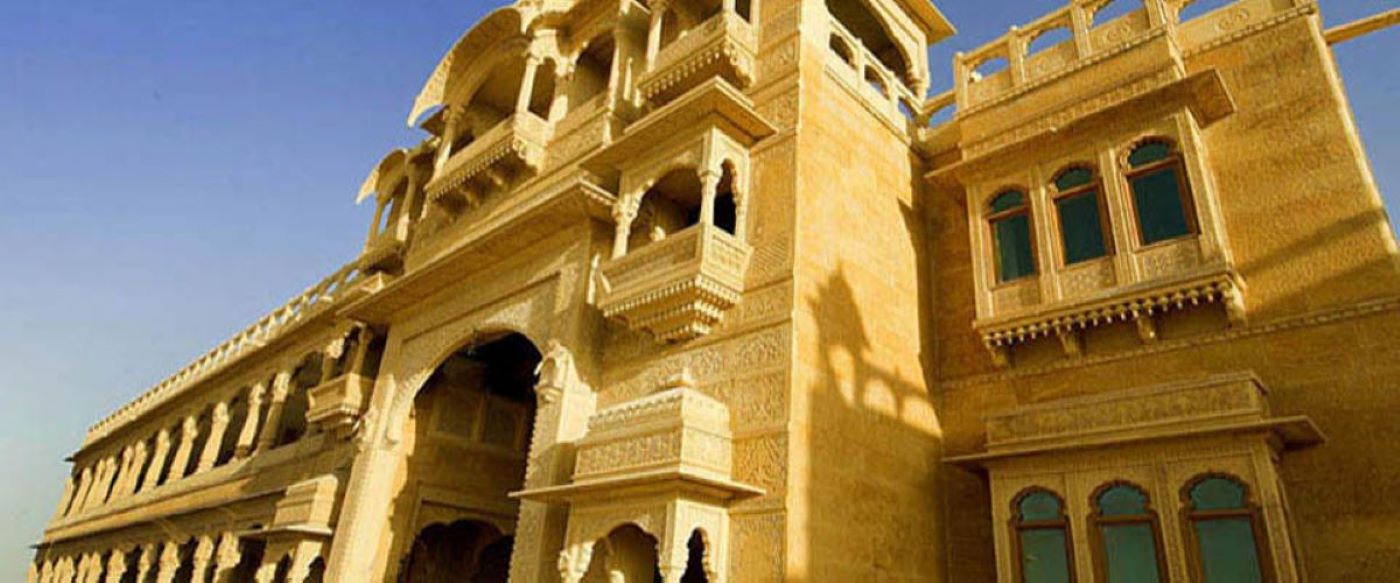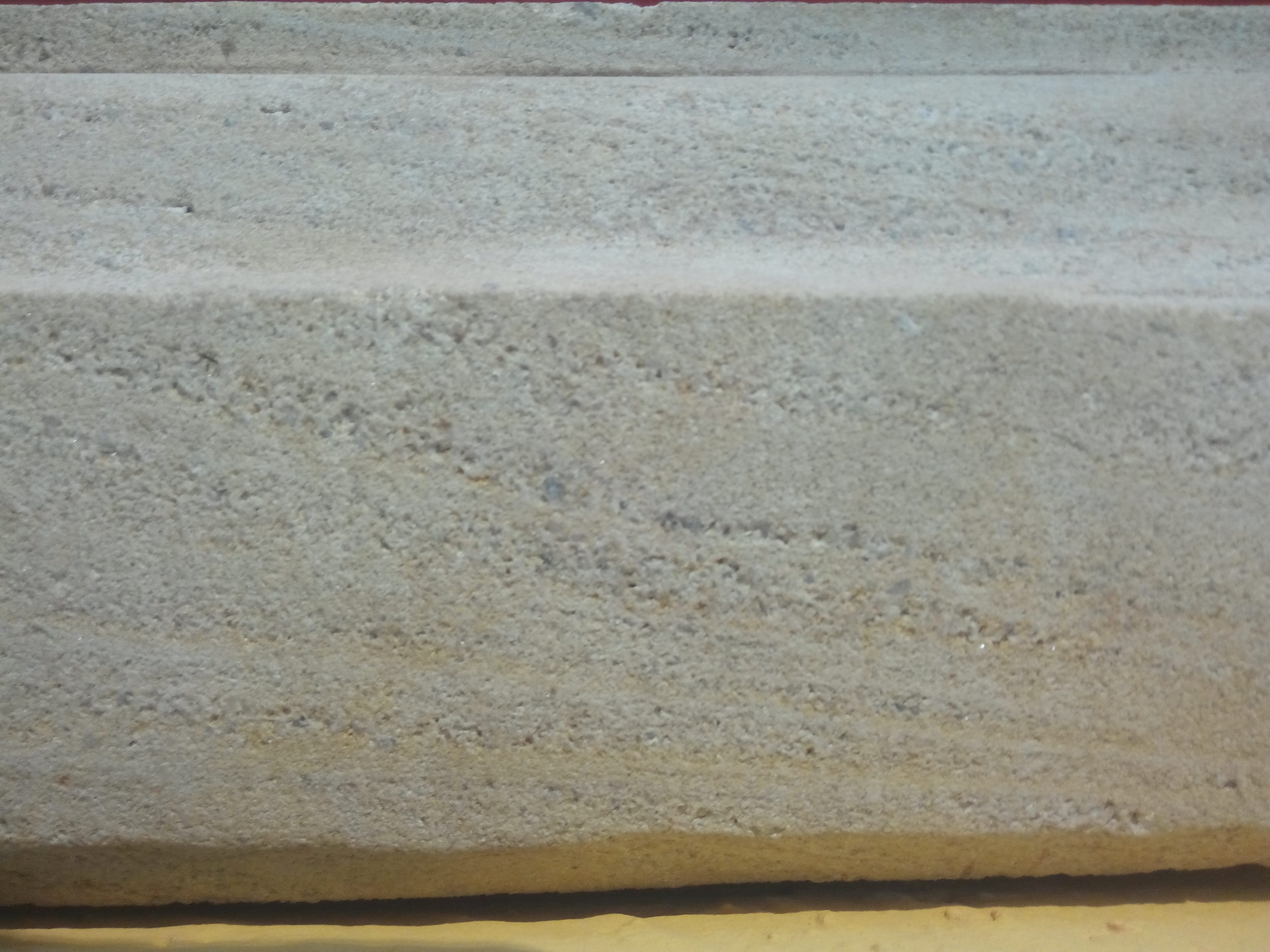Natural stone is an amazing substance that has fascinated mankind for millennia.
Natural stone has made its way into many facets of human existence, from
building and interior design to landscaping and creative expression, due to its
inherent beauty, durability, and unique features. In this blog post series, we
will travel through the enthralling world of natural stone, investigating
various varieties, qualities, historical importance, and inventive uses that
emphasise the ageless attraction and limitless potential of this magnificent
material.
1. The Marble Wonders
Marble has played a significant role in architecture and art throughout history, and its use dates
back thousands of years.
Marble is a metamorphic rock made mostly of calcite or dolomite crystals that is prized for its
beauty, durability, and range of colors and patterns. Carrara, Calacatta, and Emperador are three
significant variations of marble, each with its own set of characteristics.
Marble is a beautiful and long-lasting material, but it needs adequate care and upkeep to
retain its aesthetic appeal over time. For regular cleaning, use a soft, wet cloth or a sponge. To
avoid stains, wipe away spills as soon as they occur. Marble is porous, making it sensitive to
liquids such as wine, coffee, and acidic chemicals.
2. The Allure of Granite
Granite is an igneous rock formed by the gradual crystallization of molten lava under the Earth's
surface. It is classed as an intrusive igneous rock since it originates inside the Earth's crust.
There are various granite colours and patterns, such as :
1. Absolute Black a deep, intense black granite it is known for its consistent and uniform
color throughout the slab.
2. Kashmir White is characterized by its light, creamy white background with speckles of
various colors, including burgundy, gray, and dark red.
3. Baltic Brown is known for its rich and warm brown tones, ranging from chocolate brown to
lighter tan shades. It may also have small black, gray, and cream-colored minerals.
Granite is renowned for its excellent hardness and durability. It is resistant to scratches,
heat, and stains, making it ideal for high-traffic areas and extensive usage, such as kitchen
counters. Granite is typically low-maintenance, although it does need regular sealing to avoid
discoloration.
3. Limestone's Beauty
Limestone is a compelling and timeless natural stone with lasting appeal due to its diverse range
of color and texture. Its flexibility and aesthetic appeal make it a popular option for a wide range
of architectural and design applications.
Limestone has been a popular construction material for ages, and several monuments throughout
the world demonstrate its lasting beauty and durability. Two noteworthy examples are Egypt's Great
Pyramids and Greece's Parthenon.
Limestone, while durable and long-lasting, is susceptible to erosion over time due to various
factors such as weathering, water exposure, and environmental pollutants. Understanding the
erosibility of limestone is crucial for implementing proper maintenance procedures to preserve its
aesthetic appeal and structural integrity.
Travertine, a limestone formed by mineral springs, has a long history of usage in ancient Roman
architecture. The Romans used travertine extensively in their architectural wonders, demonstrating
its longevity, adaptability, and aesthetic appeal.
Travertine is a kind of limestone formed by an unusual process, resulting in characteristic
holes and veining patterns. Travertine formation is tightly related to geological and hydrological
processes, resulting in a stone with unique features that distinguish it from other varieties of
limestone.
Limestone's capacity to withstand adverse weather and keep its beauty throughout time make it
an exceptional and sought-after construction material. Its resistance to the weather adds to its
appeal in a variety of architectural applications.
5. Sandstone's Enduring Beauty
Sandstone, with its warm and earthy tones and unique grain patterns, is a compelling natural stone
that brings timeless beauty to a variety of architectural and design applications.
Petra in Jordan and Angkor Wat in Cambodia are two renowned and historically important
architectural wonders that demonstrate the adaptability and long-lasting beauty of sandstone.
These constructions, constructed in diverse places and historical periods, demonstrate the
cultural and architectural importance of sandstone in many civilizations.
Sandstone is an excellent choice for landscaping projects, offering both aesthetic appeal and
practicality. Its warm tones, unique grain patterns, and durability make it a versatile material
for various outdoor applications.
Conclusion:
Natural stone is a monument to the Earth's beauty and endurance. Natural
stone continues to inspire and enchant, from the majestic monuments of
antiquity to the beautiful interiors of modern homes. We can unleash the
boundless potential of this magnificent material and create places that
perfectly mix with nature's own creativity by knowing the features,
historical importance, and numerous uses of different varieties of natural
stone.






